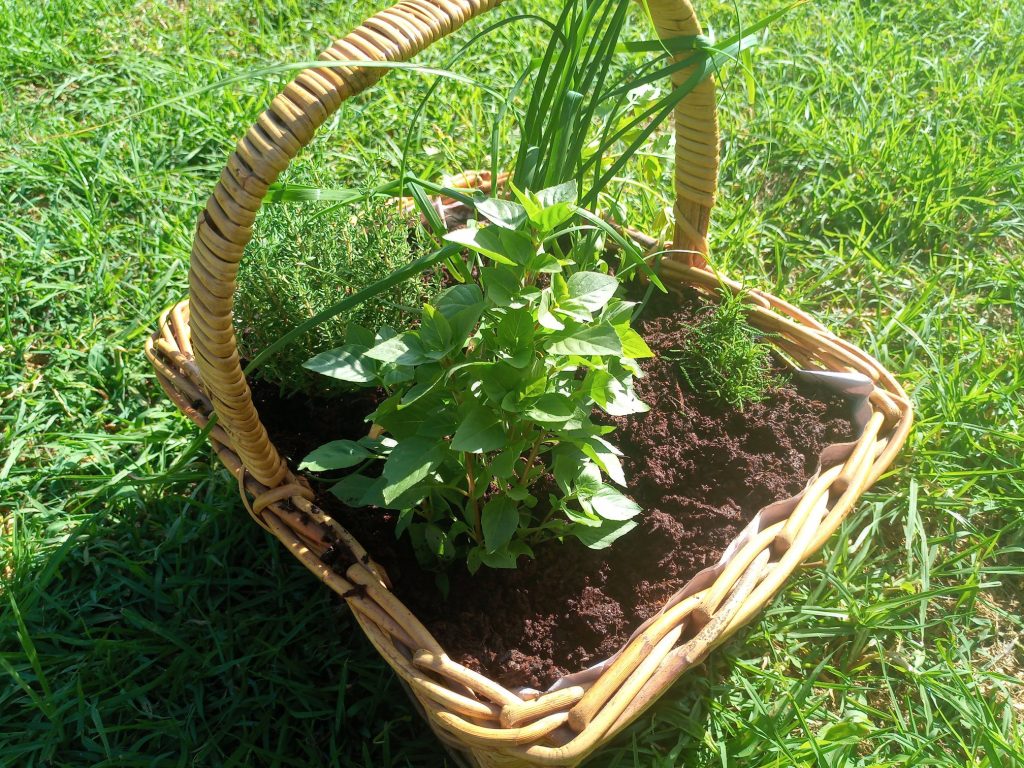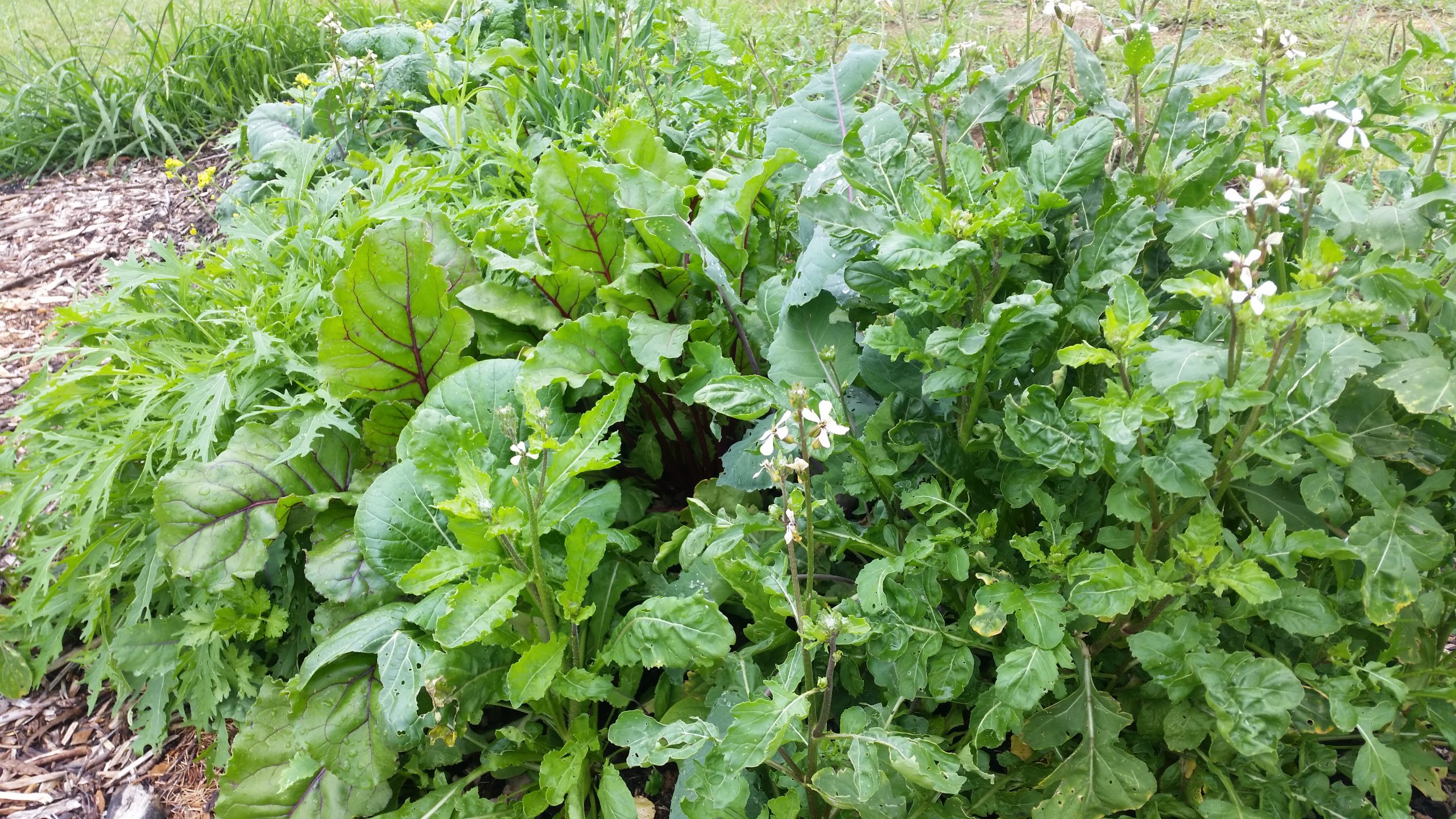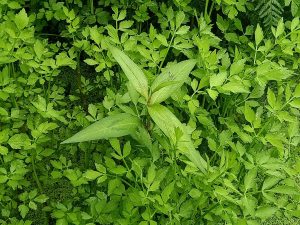Over my Christmas break I plan to start my project converting some unused stables into a teaching venue and turning the land around the stables into an example of a Permaculture landscape. Below are a few great ideas that I plan to incorporate which I like to include in many of my designs and can be retrofitted into any garden.
Worm towers
Compost in-situ in your vegetable patch by drilling holes in a bucket or length of PVC pipe and burying them throughout your garden. Put in some bedding (cow manure, shredded paper, coconut coir, etc), a handful of compost worms, and your kitchen scraps. Cover the top and let the worms do their amazing work.
You must keep the tower supplied with kitchen scraps so there is enough food available to feed the compost worms – they are not the same as earthworms that you normally find in your garden and need rotting vegetable matter to survive.
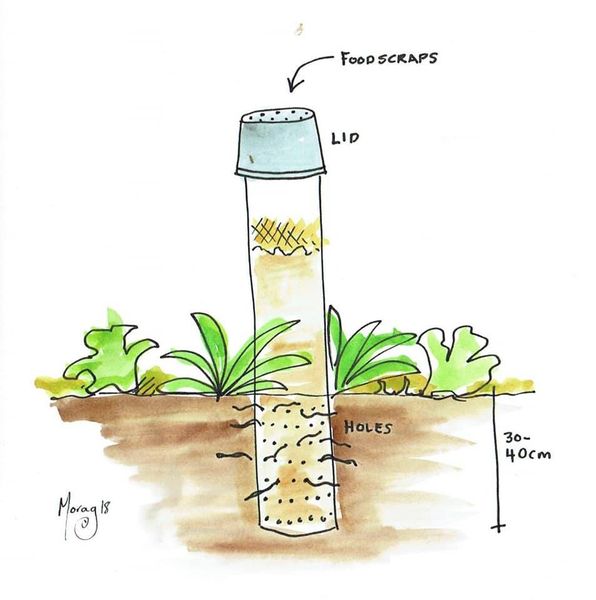

Relocatable compost bins
Compost in-situ around your fruit trees and in your food forest by using an open-bottomed compost bin next to the tree/s which most need some extra care. You can also just heap up compost piles or make circular wire cages to contain the composting material. While the compost is being filled excess nutrients will continuously leach into the surrounding soil feeding your fruit tree. Once the compost is almost ready, spread the composting materials around the fruit tree and move your compost bin to a new location.
Keeping herbs accessible
Plant your herbs closest to the kitchen. You want to be able to dash outside while you are mid-way through cooking to grab a selection of herbs fresh from the garden (even when it is raining). If your herbs are too far from the kitchen door you will find yourself reaching for the dried herb rack way too often.
Incidentally it is also a great idea to have the salad greens close as well – in particular the ones that do not store well and need to be picked and used right away (lettuce, spinach, etc).
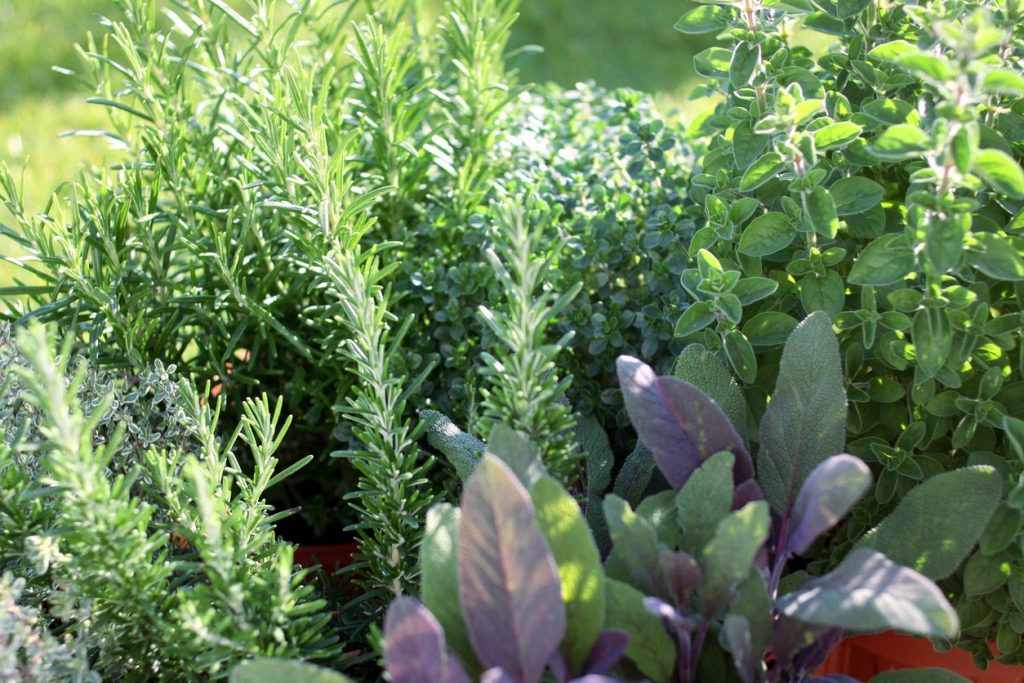
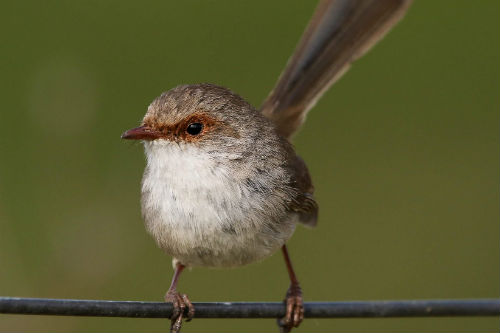
Bird perch
Run a strand of fencing wire above your vegetable bed approximately 1m off the ground. This provides the perfect location for small insectivorous birds to perch while they scan your garden bed below for insects to eat. The wire is the perfect size for their tiny feet to clasp. While there, they will also drop their rich manure directly onto your soil.
This wire can also double as a support to grow climbing plants. Tie ropes to the wire strand and let them hang down into the vegetable garden to use as the support “stake”.
Bat housing
Now that we have considered the insects that come out in the day time, what about nocturnal insect pests? Install a micro-bat house in a tree and let the tiny bats take care of the insects at night.
A solar light will also help attract insects out of hiding and make it easier for the bats to catch them. Try to go for a light which doesn’t last all night as some bats are detered by artificial lights. A solar light that is illuminated for only half of the night gives you the best of both worlds.

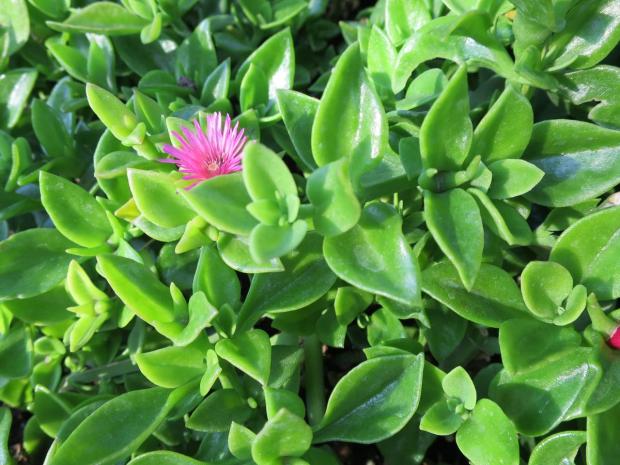
Reusing plants
Identify plants that are already growing well in your garden and propagate them to fill any gaps you have around your yard. This is particularly useful for those difficult spots where nothing seems to grow – free plants that you already know are suited to your specific climate and soil type which you can try in those difficult locations without having to buy a plant which may not survive.
Local plants
An extension of the above point is to check out neighbours’ gardens, council plantings, and other things growing wild in the local area. What is growing well that you could maybe get cuttings from? Self-seeded roadside plants and council strips tend to have especially hardy plants which need little or no care.
Do check your local regulations on collecting seeds or cuttings from these plants before you take anything home to try in your own garden.


Frog pond
Water is essential to life. A frog pond in or near your garden will bring in wildlife which will then protect your plants from pests.
Ponds have many additional benefits too such as growing edible water plants, cooling hot air and warming cold air (using thermal mass), reflecting light into dark corners, not to mention the tranquility that water brings to any garden.
Lizard lounge
Create a lizard haven with a simple pile of rocks and branches. Lizards will move in and hunt the insect pests around your garden.
Ensure the lizard habitat gets plenty of morning sun. It is beneficial if the rocks are dark in colour so they warm up more quickly for the lizards to sunbake before starting their day.
If you have slugs and snails that need attending to then this is a job for the Blue-tongue Lizard. Ensure wood piles and logs are large enough to accommodate them and put a few places for snails to gather and hide around the garden to make it easy for the Blue-tongue to pick them off.
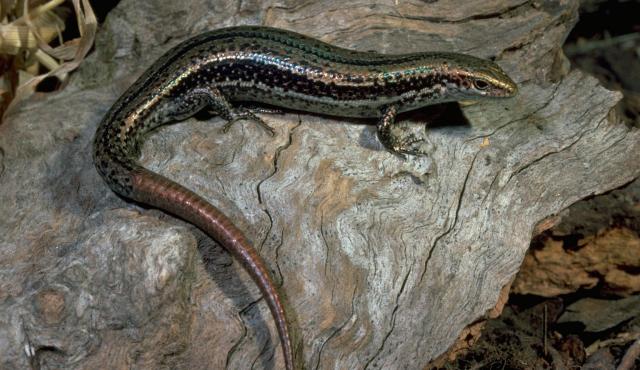

Organic matter
Don’t skimp on adding organic matter to your garden. Organic matter feeds the micro-organisms which are essential for healthy soil and therefore healthy plants. It is also what holds water in your soil and makes your garden more drought resistant. Get your hands on as much organic matter as possible and start feeding your soil.
Travel herb basket
Turn a basket into a planter and fill it with your favourite herbs.
Put the basket in the middle of your table when having a BBQ and supply your guests with a little pair of scissors so they can select and cut their own herbs to add to salads and as a garnish. Or take the basket with you on holidays and have fresh herbs to use in your cooking instead of dried.
Move the basket from sun to shade according to the weather and season.
